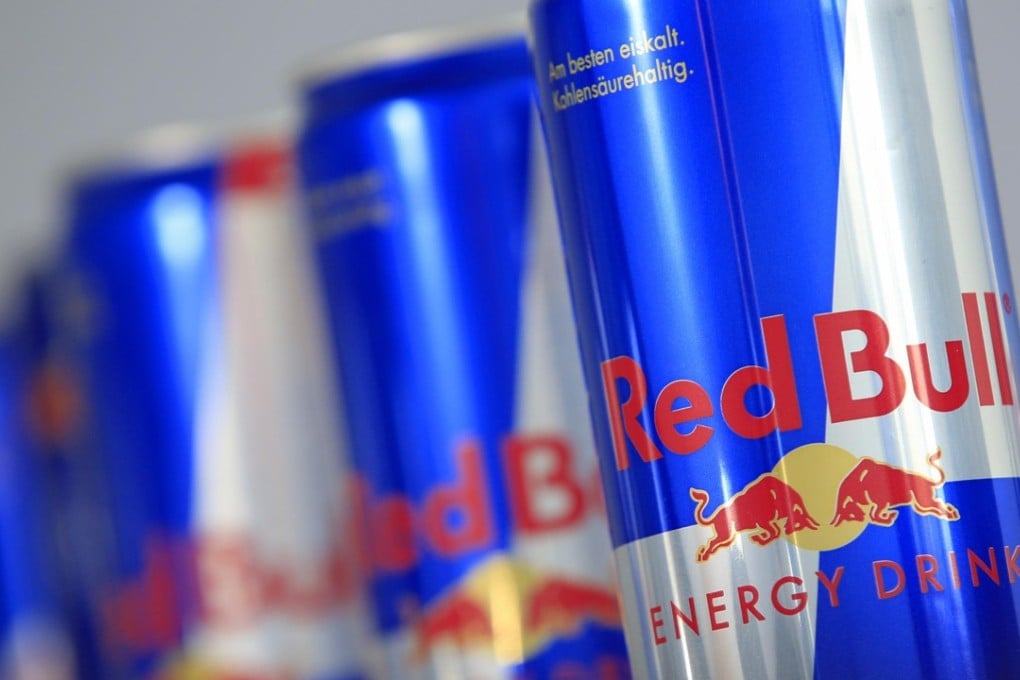The Red Bull story: how world’s top energy drink began in Thailand, but it took an Austrian to make it a global phenomenon
Synonymous the world over with high-octane extreme sports, Red Bull has its roots in quite different surroundings in rural Thailand, with some early customers even believing it contained natural aphrodisiacs from bull testicles

Phakhaphon Kheamthong works as a motorcycle taxi driver, spending 12 hours a day, six days a week navigating the congested streets of central Bangkok in muggy tropical heat and a haze of exhaust fumes.
Whenever the 53-year-old feels tired, which is often, he resorts to a pick-me-up to help keep him going. That extra jolt of energy comes from a small, 150ml amber glass bottle that looks like it was bought from a pharmacy.
A label on the bottle bears an illustration of two red wild gaur – or Indian bison, the world’s largest bovine species, which is native to the Indian subcontinent and Southeast Asia – about to butt heads before a yellow sun disk.
Inside is a sickly sweet, vaguely medicinal-tasting drink that contains caffeine, taurine, glucose, B vitamins and various other ingredients.
The product is called Krating Daeng, which was introduced to Thailand in 1976 by the ethnic Chinese entrepreneur Chaleo Yoovidhya and later transformed for the international market into Red Bull, now the world’s leading energy drink.

Energy drinks, which come in several distinct brands, are hugely popular in Thailand, where they are sold in near-identical bottles for around 10 baht (30 US cents) each at ubiquitous 7-Eleven outlets, corner shops and kerbside kiosks. Their advertising is targeted at low-paid workers enduring long hours: taxi, tuk-tuk, truck and bus drivers, and construction workers.
